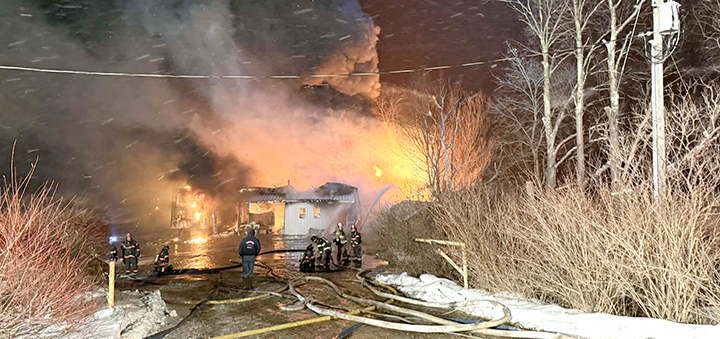Permit delays costly for gas drilling interests
NORWICH – A New York State Department of Transportation permit that would enable contractors for Norse Energy to bore underneath state Route 23 in Plymouth has been delayed since the fall.
Norse’s newest segment of transmission line would connect two wells in Preston to the company’s compressor station at the Diehl well just south of the Smyrna town line, carrying the energy source to either the Dominion pipeline in the north, or to markets in the west via a New York State Electric and Gas line.
Gathering lines to the wells, which are both vertical, was completed in December, and plans were to hook up them up on Dec. 15. The date was later delayed to Jan. 15.
“If it wasn’t for the Route 23 deal, we’d be hooked up,” said Evalyn Blood, one of the well owners. “It’s kind of discouraging that they don’t get completed. I think i’ts a great thing for the economy in the area.”
The other well in Preston is owned by Linda Palmatier of Walking Ridge Development, LLC whose husband, Steven, is Chenango County’s economic development consultant for the natural gas industry.
According to a spokesman, the Norwegian-based energy company thought it had secured all of the necessary permits with the state’s DOT prior to initiating the project in November. The DOT, however, apparently sent them a boring permit to complete, but not a use permit.







Comments